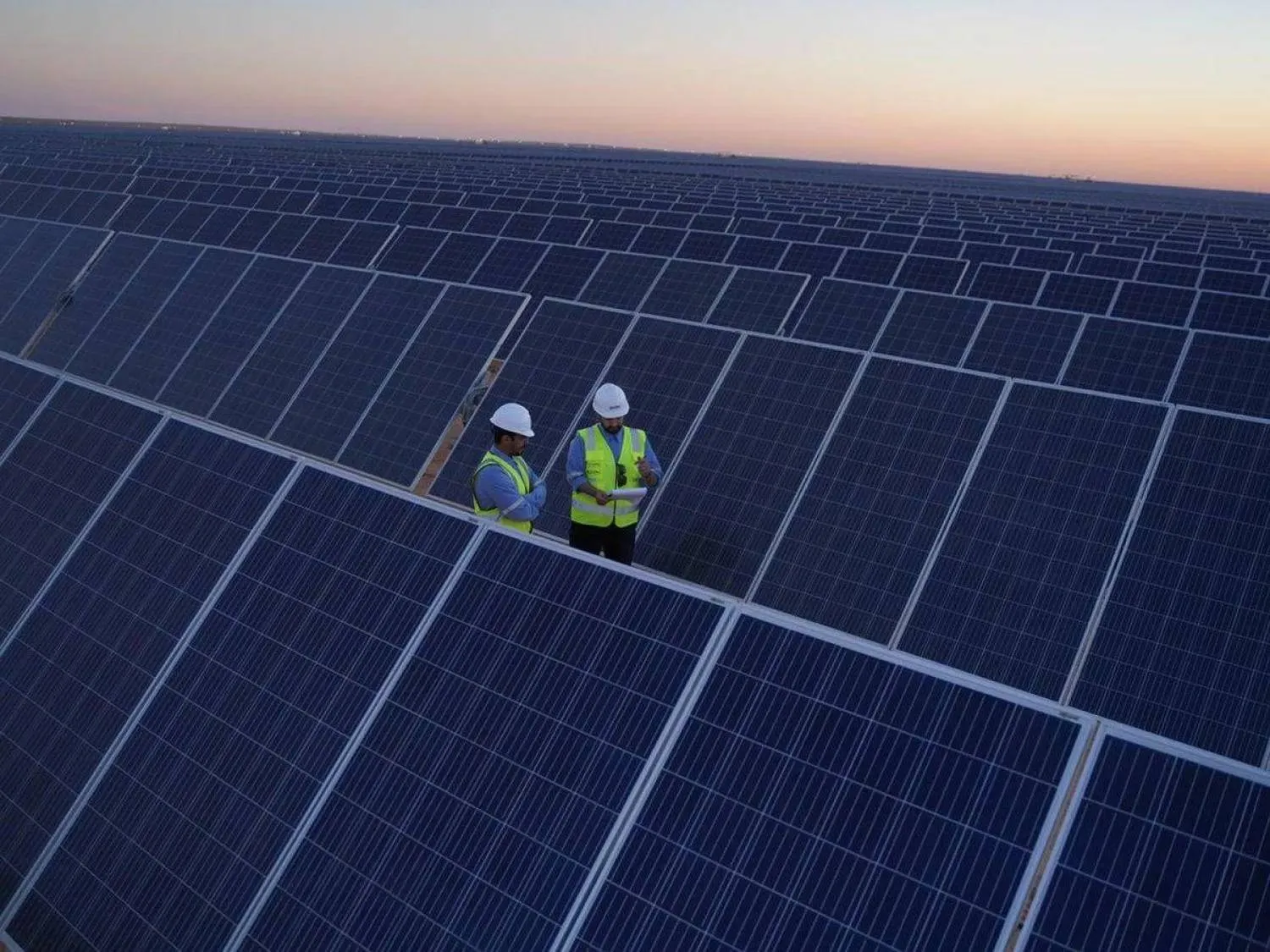The latest Riyad Bank Saudi Arabia Purchasing Managers’ Index (PMI) showed the Kingdom's PMI stabilized at 55, as a result of another strong improvement in business activity in the non-oil-producing private sector.
The analytical readings issued by the Ministry of Economy and Planning indicate that the index stayed above the fifty-point limit, remaining in the economic expansion zone.
Riyad Bank said on Wednesday that companies had increased their production levels to support sales and projects, despite additional evidence of declining demand expectations. Growth in new orders fell to its weakest level in nearly two and a half years.
Non-oil producing companies recorded the slowest increase in purchases of production inputs in nearly 3 years, as they are looking to ease recent increases in inventory, while job growth has also declined compared to May.
At the same time, other reports noted that customer discounts affected overall selling prices and ran counter to efforts to pass on the strong increase in input prices to customers.
Naif Al-Ghaith, chief economist at Riyad Bank, said: “The PMI for the non-oil economy recorded at 55.0 in June, marking the slowest pace of expansion since January 2022. The new orders component fell compared to the previous month, suggesting a slight moderation in demand growth.”
He added: “However, the growth in non-oil sectors was supported by a strong increase in output levels. Employment numbers also rose, while suppliers’ delivery times continued to improve.”
In an analytical bulletin, the Saudi Ministry of Economy and Planning explained that the production index recorded 61.1 points, supported by the improvement in commercial activity in the non-oil private sector, and that employment indicators continued to rise, driven by the increase in the number of employees and the stability of supply chains.
The Ministry indicated that the optimistic outlook of business owners and investors continued in light of the improvement in market conditions and the rise in demand for goods and services, which in turn reflects positively on the future outlook for the current year.









